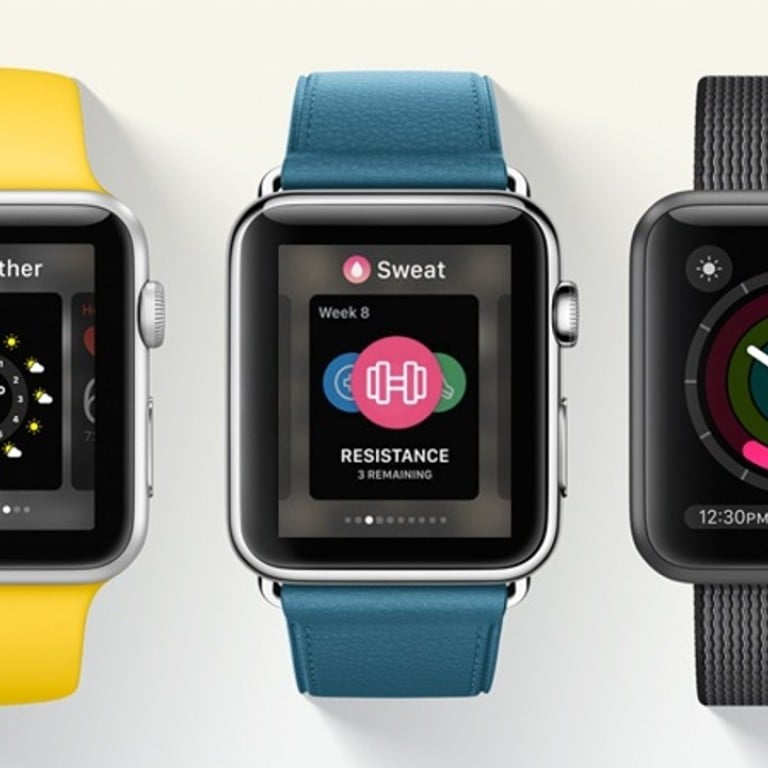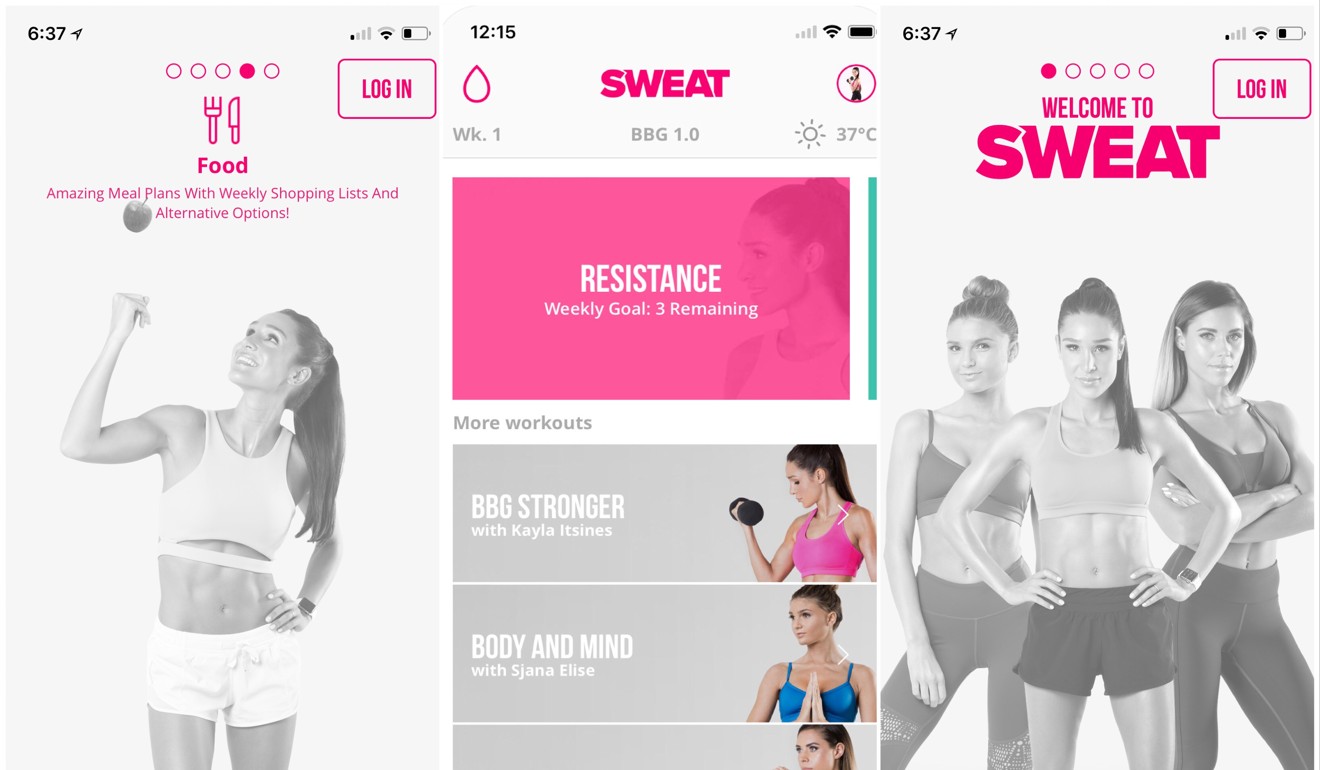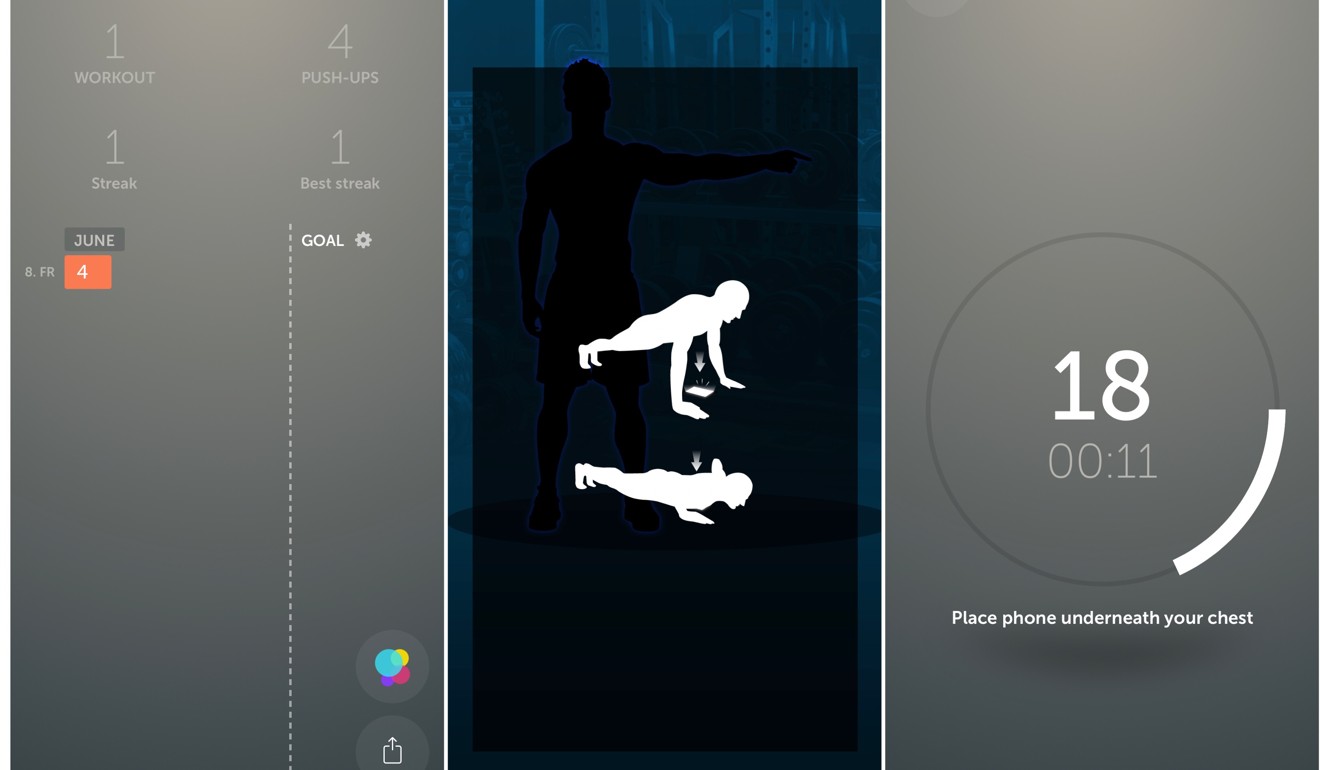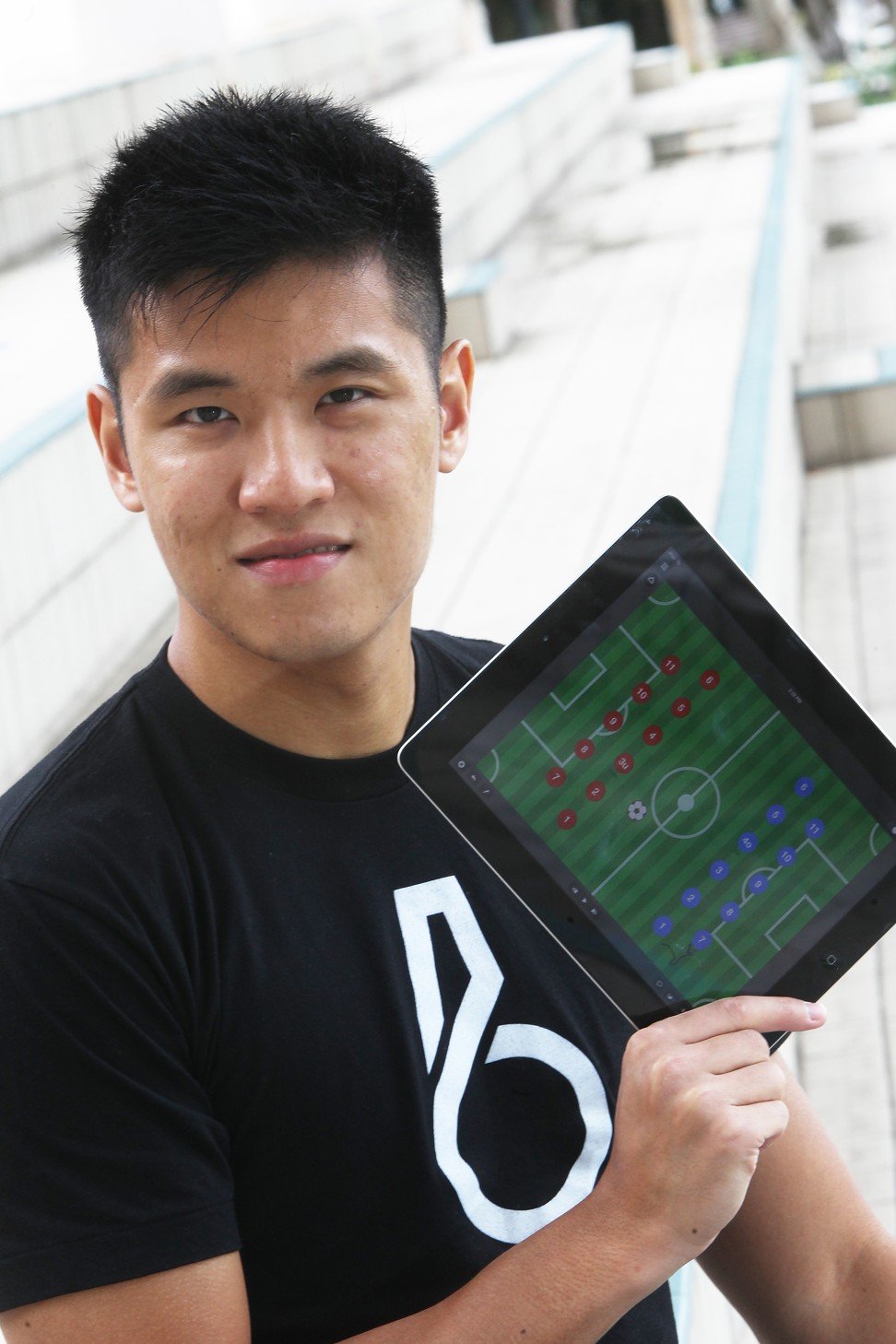
iPhone and Apple Watch new software feature to help fitness apps provide more personalised experience
Siri Shortcuts will allow health app developers to add greater functionality into their products, which will enable workout detection, music streaming and personalised hints for improving your workout
Fitness fanatics look like the biggest winners from Apple’s Worldwide Developer Conference (WWDC) in San Jose, California, where the announcements focused on new software-related innovations this year, and not hardware.
For developers – especially those of fitness apps – the new iPhone and Apple Watch software, announced at this month’s WWDC, is going to bring about many exciting changes.
“Siri Shortcuts is going to be a game-changer,” says Kayla Itsines, a celebrity personal trainer whose smartphone app, “Sweat with Kayla”, was the highest grossing fitness app in 2016, according to analytics firm App Annie, pulling in US$17 million.
DNA-linked wearable app takes the guesswork out of fitness and diet
The 27-year-old Australian is referring to the new feature to be launched with iOS 12 this autumn that uses a combination of hardware and software tools to predict what a user wants, or needs, to do. For example, Siri Shortcuts can use machine learning to understand a user’s daily routine, deduce that its owner likes to go for an evening jog, and begin reminding the user to do just that.

The new software feature also allows users to schedule a chain of iPhone or Apple Watch commands with a custom phrase. A user could, in theory, schedule their iPhone to load the newest episode of their favourite podcast, and prepare their morning Starbucks order for pickup, by saying, “start my morning routine”.
Another fitness app developer, Hongkonger Keith Rumjahn, 34, also singled out this feature for praise.
“Right after the keynote [announcement], I immediately texted my team to say, ‘We need to get Siri Shortcuts on our apps ASAP,’” says the founder of OliveX and developer of two iOS fitness apps: 22 Pushups and 100 Squats Challenge.

Both Itsines and Rumjahn are excited, of course, considering their apps either charge subscription fees or require in-app purchases.
But even for those who are spending money on – instead of making money from – fitness apps, Apple’s fitness- and wellness-focused direction for its new iPhone and Apple Watch software is an exciting one.

“I don’t want to be labelled an Apple fanboy, because I definitely like Android phones more in general, but Apple’s seamless integration between hardware and software is something Android can never touch,” says Darren Jung, a tech enthusiast who owns both an iPhone and a Google Pixel.
Jung says he owns an iPhone solely to use the Apple Watch and make use of the phone’s superior fitness functionality and app ecosystem. He’s happy that the new watchOS 5 software announced at WWDC will improve the watch’s capabilities, such as automatic workout detection and support for new exercises such as yoga and hiking.
Ronghui Li, a journalist for China’s CBNweekly, shares the sentiment. “I think watchOS 5’s new fitness tracking will be very useful for someone like me.”
A self-described fitness addict, Li is a subscriber to Itsines’ app. “I think her app is very thoughtfully designed and gives good instructions on eating healthy and working out,” Li says. Since Itsines’ app has a version specific to the Apple Watch, Li has been able to just wear her watch to work out.

It’s this level of full-on integration between software and hardware that has made paid fitness apps much more popular on iOS than Android.
“Even though my app is on iOS and Android, 90 per cent of our users are on iOS,” says Itsines, who adds that being able to integrate Apple’s many other services, such as streaming music to the watch, has enhanced the app’s fitness experience.
Why your smartwatch could save your life. This man will tell you
Rumjahn, who designed a successful basketball app named Coachbase before creating his push-up and squat apps, credits Apple’s simplified “Swift” programming language that was introduced in 2014 with jump-starting his career and that of many smaller Hong Kong developers.
He says the AR Kit initiative, based on augmented reality, that was introduced at 2017’s WWDC has revolutionised the fitness app industry, too. “Previously, fitness apps had to be passive,” Rumjahn explains. “Like you’d watch a video and follow the workout, or you’d have to input your exercise results into the app manually.
“But with AR Kit and Apple’s A11 chipset [which was built for machine-learning], newer fitness apps can be more than that.”

His 100 Squats Challenge app, for example, uses the iPhone’s camera and AI (artificial intelligence) engine to analyse the user’s squat form and give tips.
“If the user is leaning too far forward for example, the app will tell you to adjust. Or on 22 Pushups, if you’re struggling with the push-up, the app will suggest you to change to the easier knee push-ups.”
Though not as internationally successful as Itsines, Rumjahn says his apps, which can be used for free but work best when users buy workout lessons, are making a profit from the in-app purchase model.

“I think in general, people like to be guided on their workouts,” he says. “This is why people hire personal trainers at the gym. Apps are getting so good now that they can replace that.”
Rumjahn’s products are only available on iOS for now, though he says Android versions are in the works. Considering that apps are easier to build for iOS than Android, and more than twice as profitable according to recent data by app analysis firm Sensor Tower, it doesn’t look like anyone is in a hurry to expand into Android.

